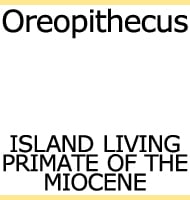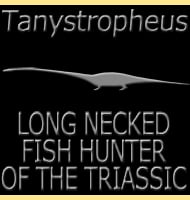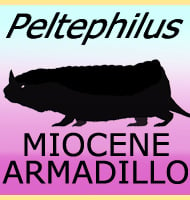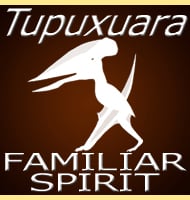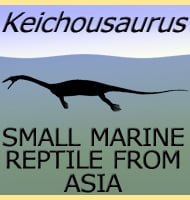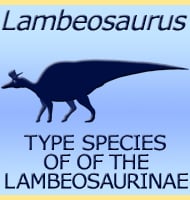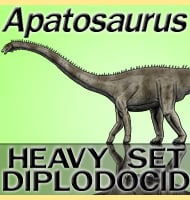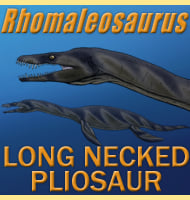In Depth
Russellosaurus represents a primitive mosasaur, marine reptiles that would go on to achieve a variety of sizes and specialisations that would see them becoming the dominant predators of the late Cretaceous seas. Russelosaurus itself displays a number of features which are diagnostic of more than one mosasaur group, something that suggests that these traits were developed and lost according to the predatory niche that a specific group or genera became accustomed too. As for Russellosaurus it was probably a more generalist carnivore that preyed upon fish and other smaller marine vertebrates.
Russellosaurus is considered to be related to Yaguarasaurus and Tethysaurus, both primitive mosasaurs in their own rights that are known from deposits in South America and Africa respectively. This shows that while early mosasaurs where more primitive in form, they were still well enough adapted to marine life to spread out across the ocean. None of these mosasaurs are considered to be the earliest however, as in 2005 Polcyn and Bell also named another even more primitive form called Dallasaurus.
Further Reading
– Russellosaurus coheni n. gen., n. sp., a 92 million-year-old mosasaur from Texas (USA), and the definition of the parafamily Russellosaurina. – Netherlands Journal of Geosciences — – Geologie en Mijnbouw 84(3):321-333. – M. J. Polcyn & G. L. Bell – 2005.

